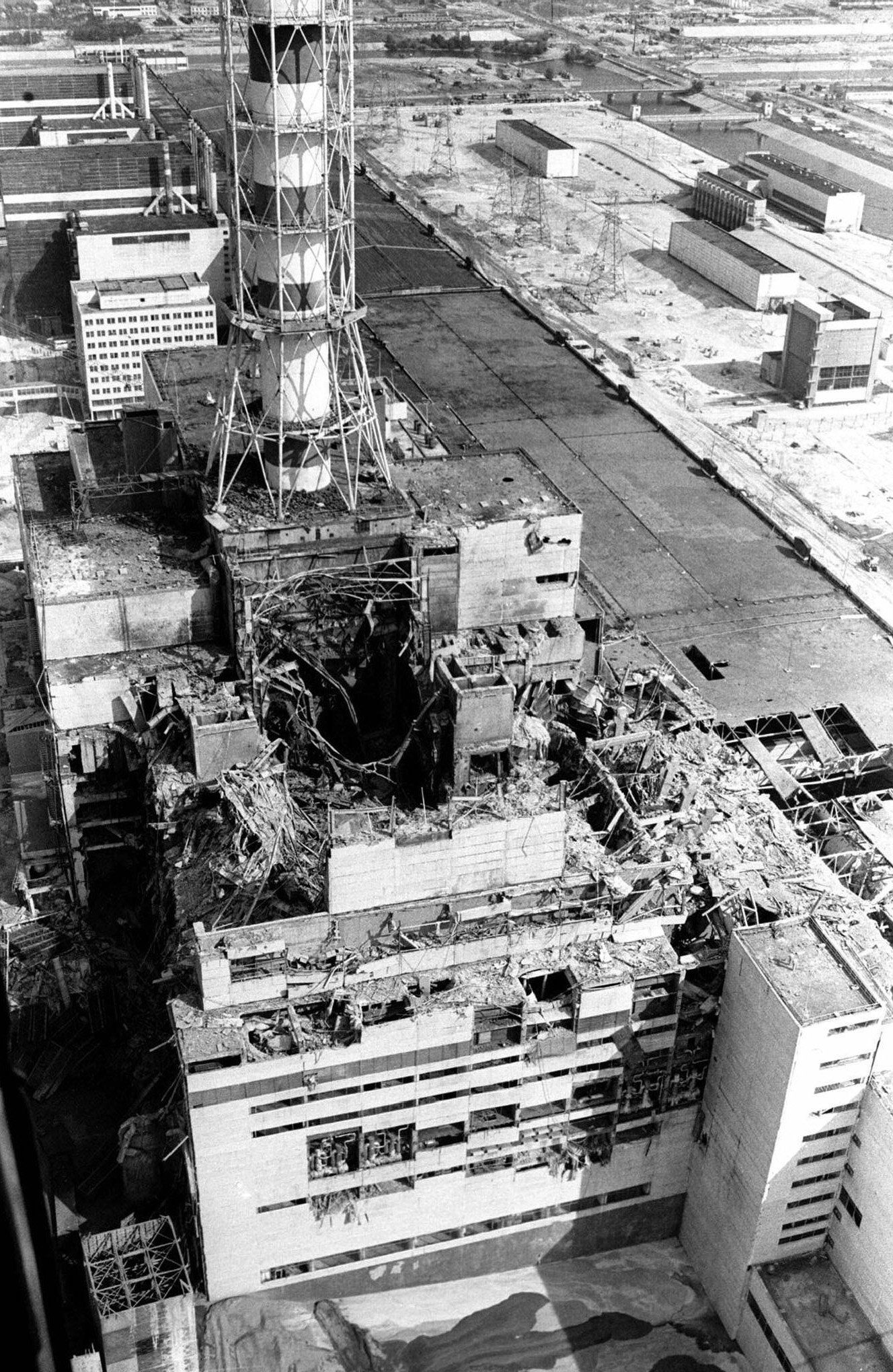The Importance of the Chernobyl Disaster
The Chernobyl disaster, which occurred on April 26, 1986, is one of the worst nuclear accidents in history. Its impact reverberated through the decades, bringing to light critical safety concerns in nuclear power plants globally. As conversations about energy production and climate change continue, understanding the significance of Chernobyl remains vital.
What Happened at Chernobyl?
Located in present-day Ukraine, the Chernobyl Nuclear Power Plant was the site of a catastrophic explosion in Reactor 4. A combination of flawed reactor design and operator errors led to a massive release of radioactive particles into the atmosphere. The immediate aftermath resulted in the evacuation of over 100,000 people from surrounding areas, particularly Pripyat, the town built to house plant workers, which remains abandoned to this day. Emergency responders and plant workers, often referred to as ‘liquidators,’ faced extreme radiation exposure, which resulted in long-term health impacts for many.
Global Reaction and Regulatory Changes
The disaster prompted an international re-evaluation of nuclear safety. Subsequent investigations revealed serious deficiencies in safety practices and regulations, leading to significant reforms worldwide. The International Atomic Energy Agency (IAEA) increased its oversight and developed stringent guidelines aimed at preventing similar incidents. Nations with nuclear programmes reassessed their policies, and many introduced advanced safety features in reactors to mitigate risks.
Environmental and Health Effects
The long-term effects of the Chernobyl disaster on the environment and public health are still being studied. Areas surrounding Chernobyl remain contaminated, with the ‘Chernobyl Exclusion Zone’ established to limit human exposure to radiation. Reports suggest that although evacuation prevented immediate deaths, many liquidators and local residents have since suffered from cancer and other illnesses linked to radiation exposure. Research continues into the psychological impact on those affected, with many reporting feelings of anxiety and uncertainty about the future.
The Chernobyl Legacy Today
Today, Chernobyl serves as both a cautionary tale and a focal point for discussions about nuclear power. The site has garnered attention as a tourism destination, with guided tours that educate visitors about the disaster and its historical context. In addition, it has transformed into an unlikely sanctuary for wildlife, reflecting the resilience of nature in the aftermath of human error.
Conclusion
The Chernobyl disaster stands as a pivotal moment in the history of nuclear energy, underscoring the need for rigorous safety measures and a greater understanding of the potential risks involved in nuclear power generation. As the world grapples with energy demands and environmental concerns, the lessons learned from Chernobyl remain as relevant today as they were over three decades ago. Future generations must understand this tragic event to advocate for safer energy practices and policies.


